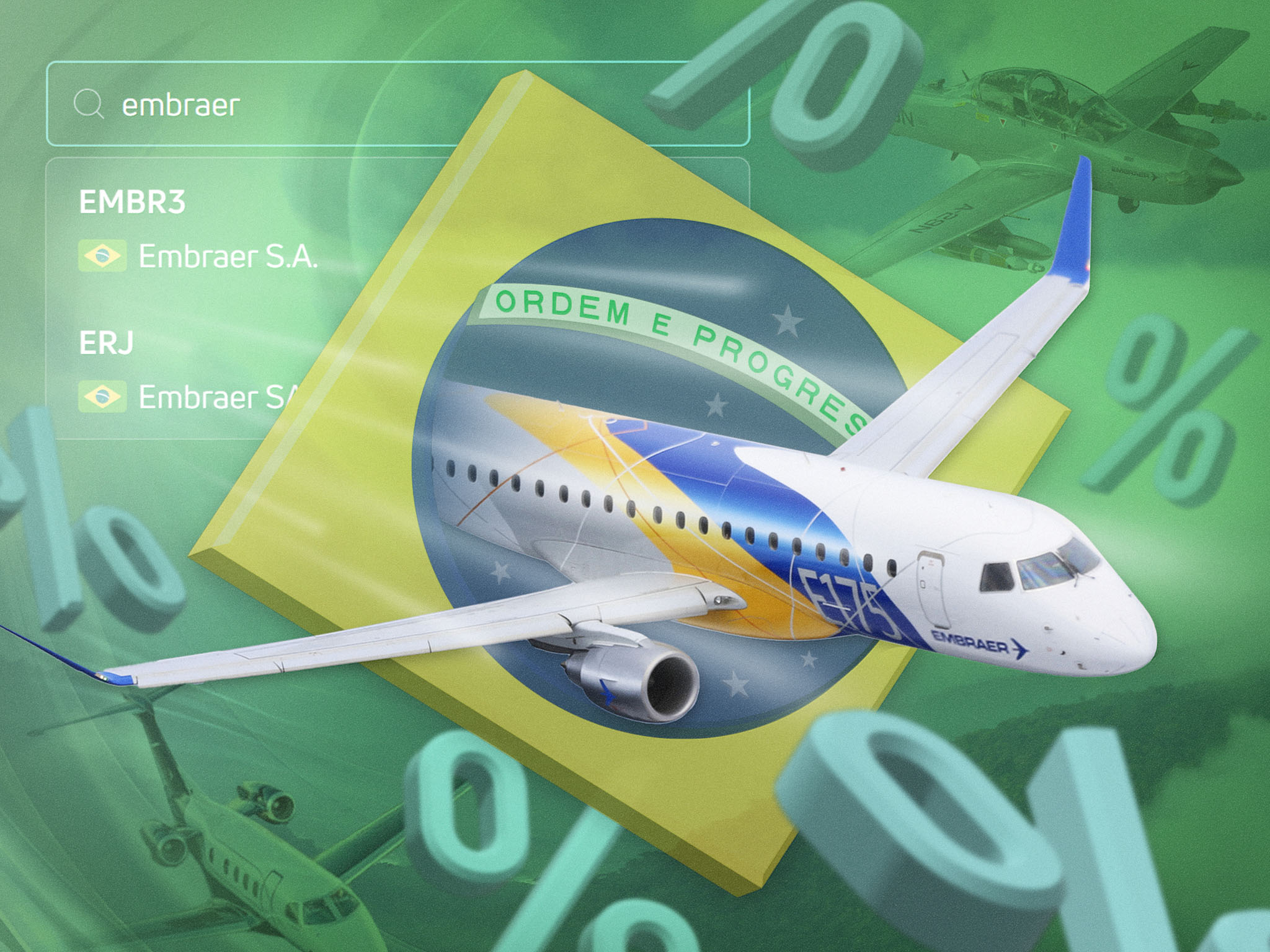Until recently, Brazil’s Embraer (NYSE: ERJ), the world’s third largest commercial jet maker, was living a charmed life.
It found a niche making regional planes that wasn’t a big focus for its larger competitors Boeing (NYSE: BA) and Airbus (CBOE: AIR). “The fact that it exists at all is kind of phenomenal,” says Bloomberg journalist Tracy Alloway. “I don’t think a lot of people would’ve expected that the world’s third biggest aircraft manufacturer is in Brazil.”
Embraer is renowned for its high-quality products, particularly the E-Jet family of regional jets (typically holding 70-130 passengers). These medium-size birds include the E170, E175, E190, and E195. Demand has soared for these aircraft in recent years, as airlines focus on shorter routes. Embraer also makes highly-regarded and top-selling business jets, such as the Phenom and Praetor series.
The company was founded by the government in 1969, privatized in 1994 and then went public in 2000. It has come a long way since then. Its revenue soared 23% to $1.1 billion in the first quarter from a year earlier.
“The fact that they were created and were able to deliver aircraft that the market wanted” is impressive, Richard Aboulafia, managing director at consulting firm AeroDynamic Advisory, told Bloomberg.
“They have been through multiple incarnations over the years, a respected provider of aircraft to airlines, business aviation customers, and even military customers. It’s pretty remarkable given the very high barriers to entry in this business.”
Company history
The Brazilian government created Embraer to supply planes to the military. Then the company dove into regional aircraft and then into the higher profit-margin business plane sector.
On the military side, it’s manufacturing Gripen fighter jets with Saab for the Brazilian Air Force. And, “most impressive,” Aboulafia says, Embraer has created the “remarkable” military transport plane KC-390, which can do air-to-air refueling for Air Forces.
A key element to the company’s success has been its engineering culture. Remember that Boeing lost its way over the past 10 years as it lost its engineering culture, shifting to a more profit-driven focus.
“They’ve managed to come up with a very happy combination of government-driven industrial policy transformed into something that is sustainable and profitable,” Aboulafia says.
Given its strong financial and operational performance, it’s no wonder that Embraer’s stock has trounced Boeing during the past five years. Embraer shares have risen 731% over that period, compared to 26% for Boeing. Airbus stock too is far behind Embraer, with a gain of 200%.
Tariff tyranny
But something happened to upset Embraer’s Apple cart on July 9. The U.S. threatened a 50% tariff on Brazil. The stock has tumbled 16% since July 8.
Such a charge could hammer Embraer’s revenue to the same degree as the Covid pandemic, said company CEO Francisco Gomes Neto. It could be forced to raise the price of its planes for U.S. airlines by $9 million.
With prices for Embraer regional jets standing around $50 million to $75 million, that would be a major problem. Embraer sells 45% of its regional jets and 70% of its executive planes in the U.S. “Tariffs at 50% may force the company to revise its business and investment plan,” Neto said.
But this all could be a tempest in a teapot. The U.S. frequently flip-flops on its tariff policy. Less than three months ago, Neto downplayed the impact of tariffs. “First quarter results were not impacted by them,” he said. “And our initial analysis points toward limited impact” going forward.
So don’t count out Embraer just yet.




Comments